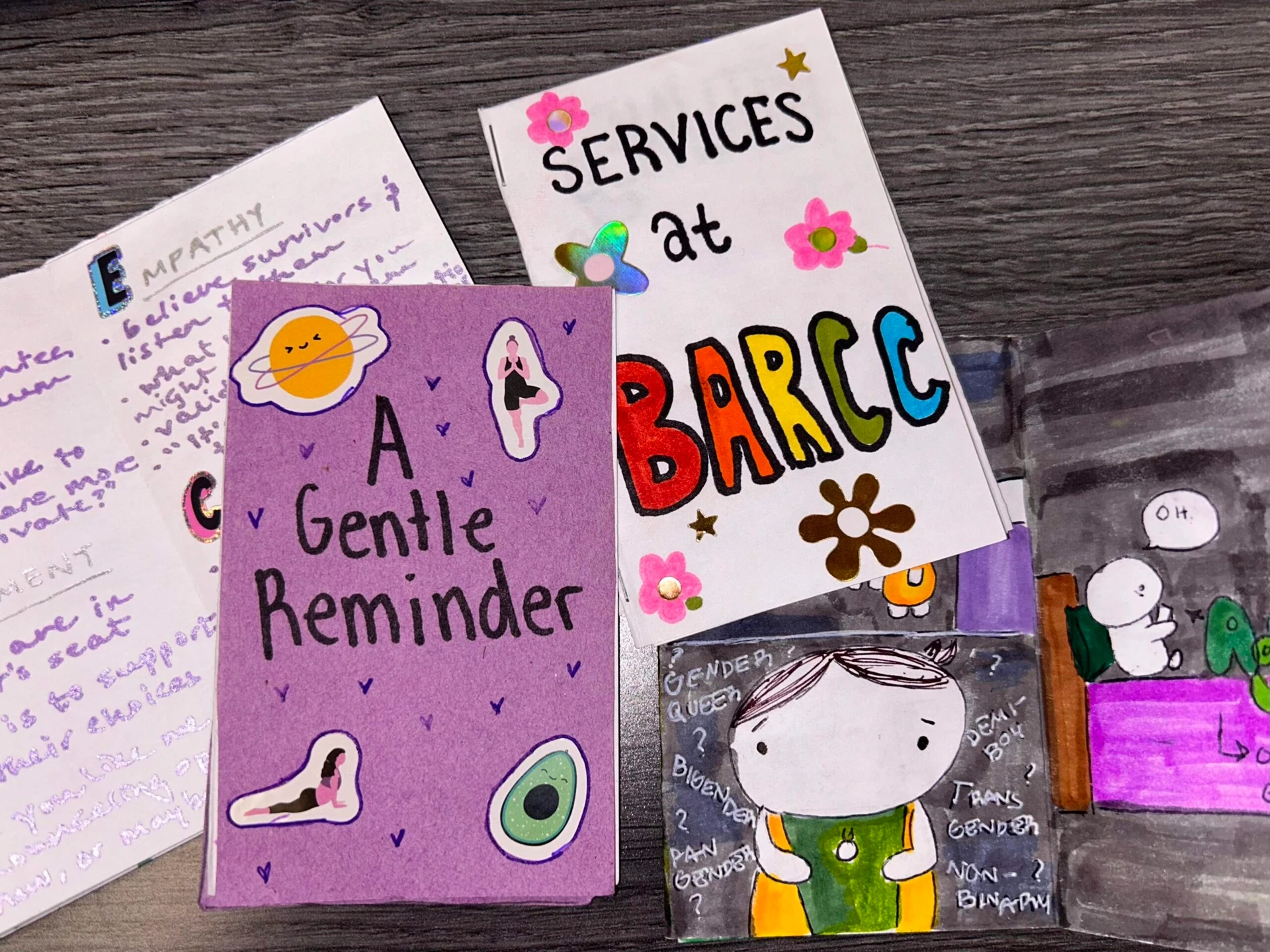Featured
The Latest from the Blog
-
Read More
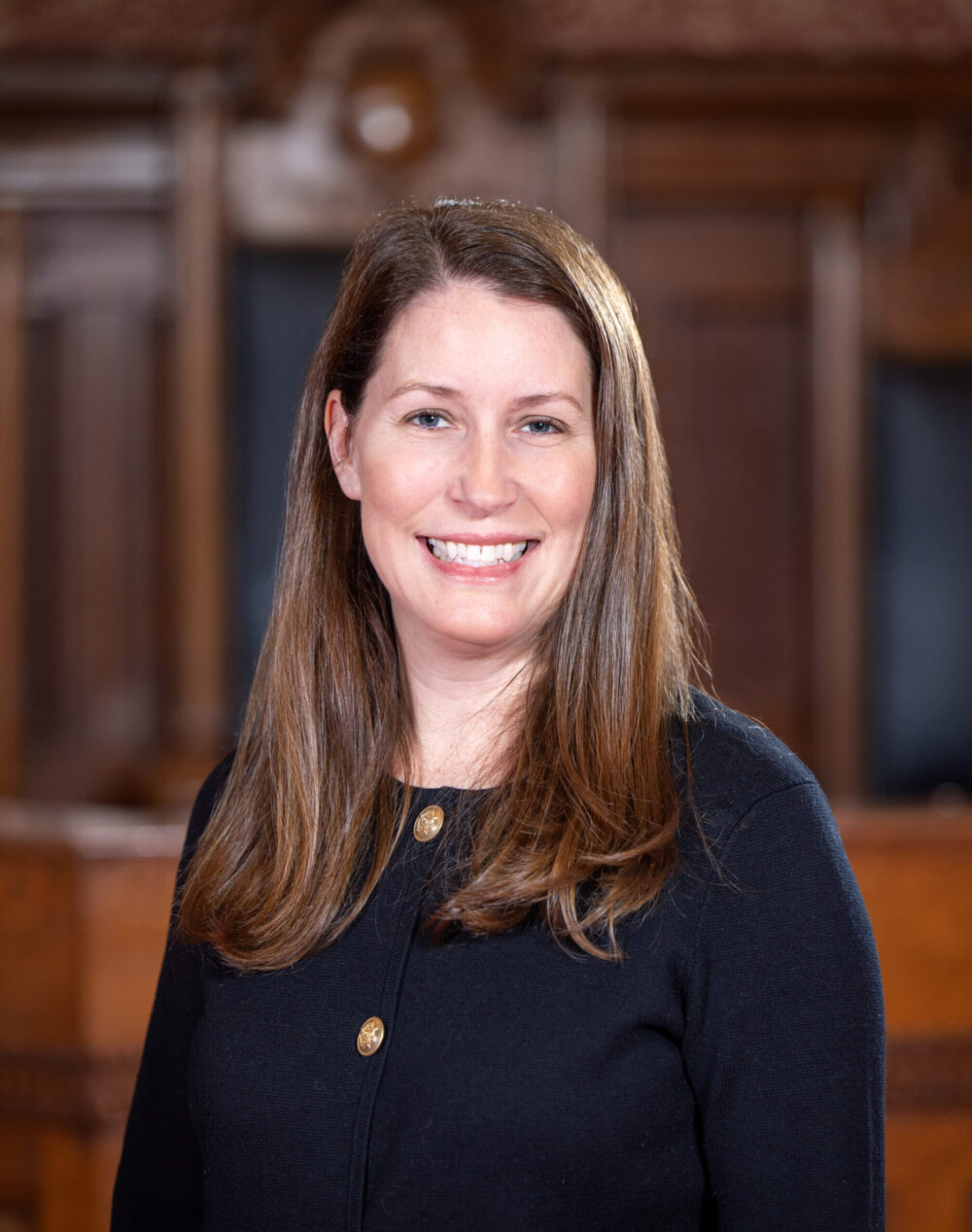 May 06, 2025 | BARCC Statements
May 06, 2025 | BARCC StatementsBARCC Announces Liz Speakman as Interim Executive Director
Over the past few months, BARCC’s board has worked to ... -
Read More
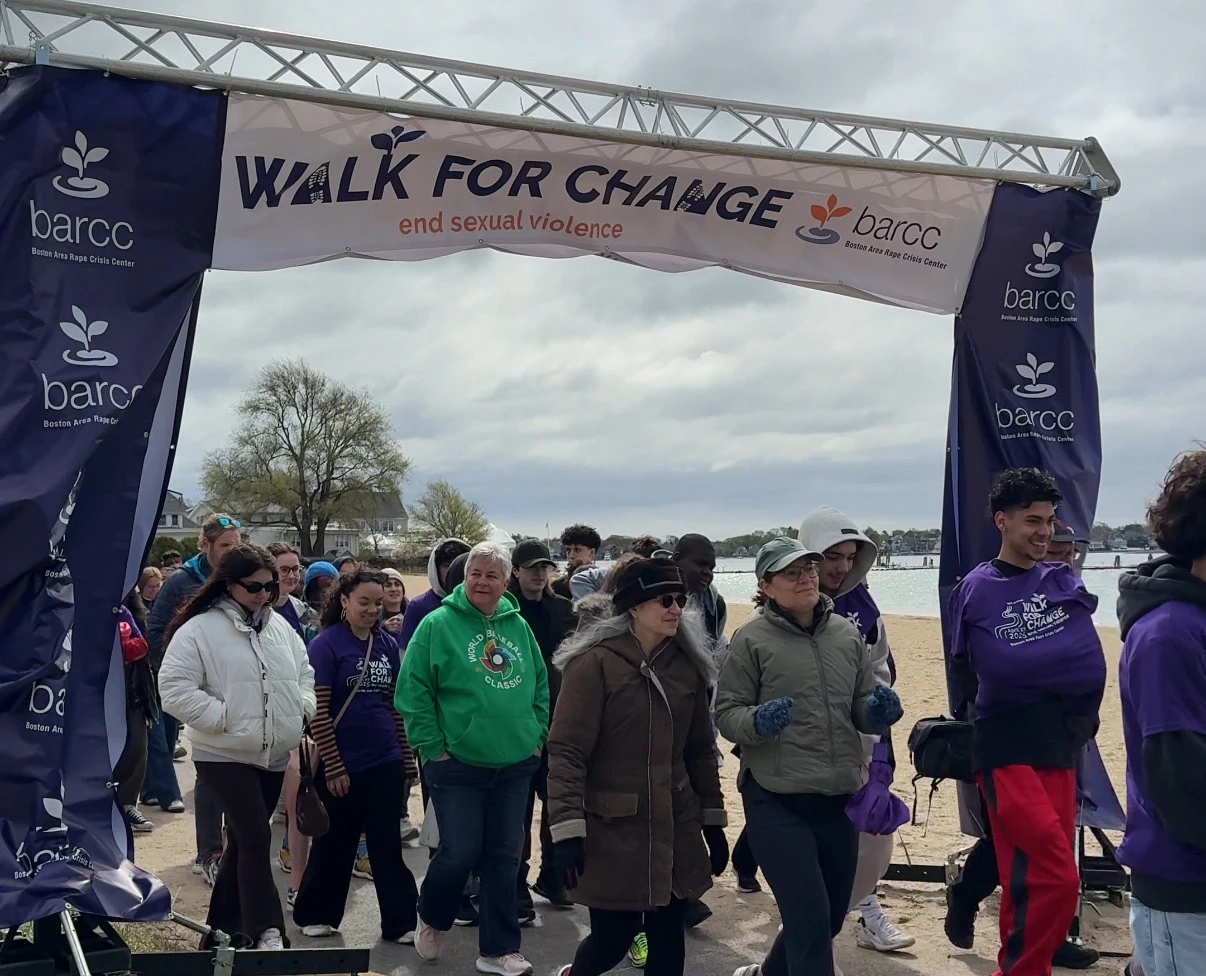 May 02, 2025 | Walk for Change
May 02, 2025 | Walk for ChangeThank You for Walking Together
Thank You for Making the 19th Annual Walk for Change a Powerful Day of Unity... -
Read More
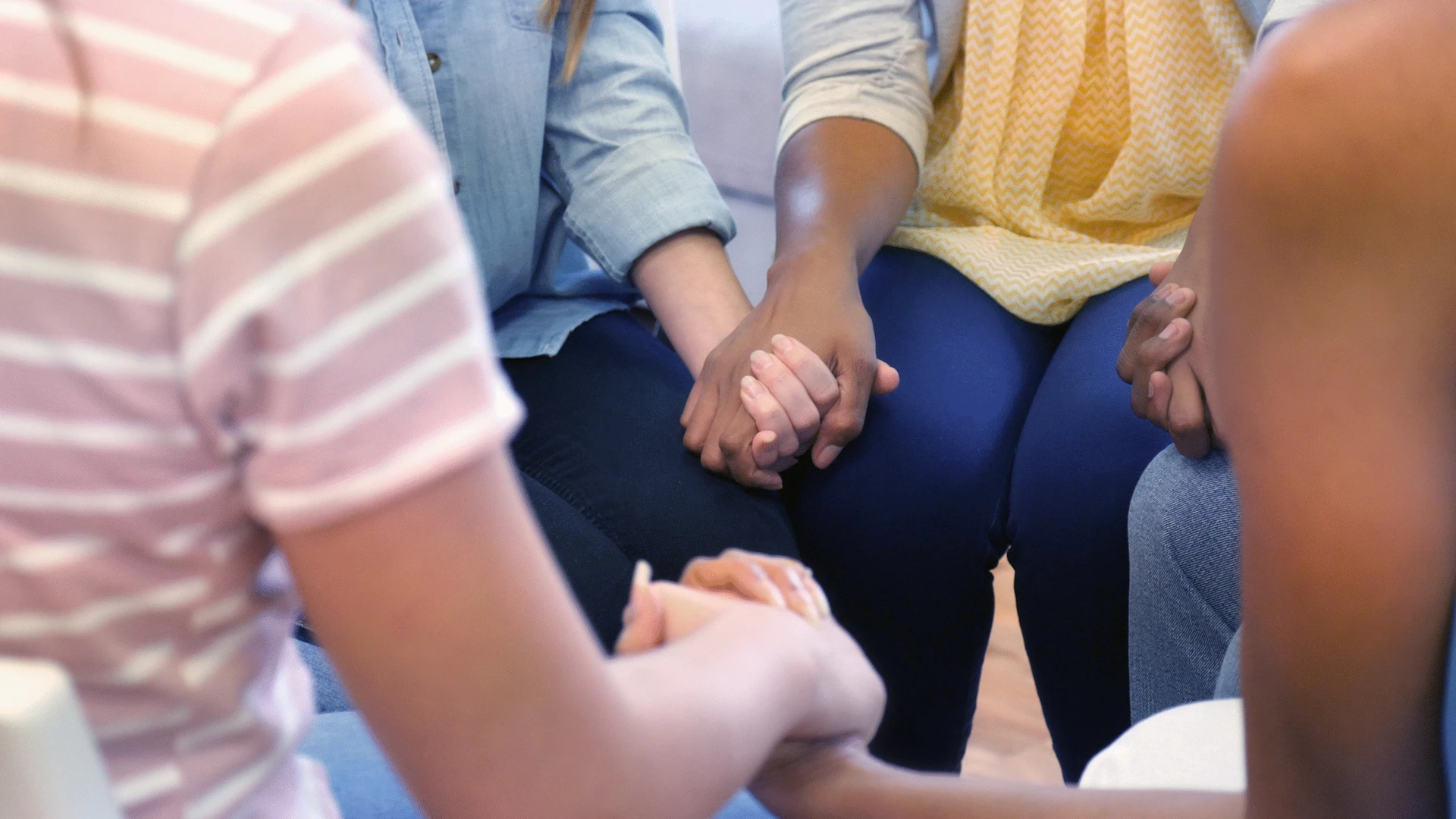 Apr 23, 2025 | In the News
Apr 23, 2025 | In the NewsBreaking The Silence: Uplifting Survivors this Sexual Assault Awareness Month
April is Sexual Assault Awareness Month, a time dedicated to raising public awareness about sexual... -
Read More
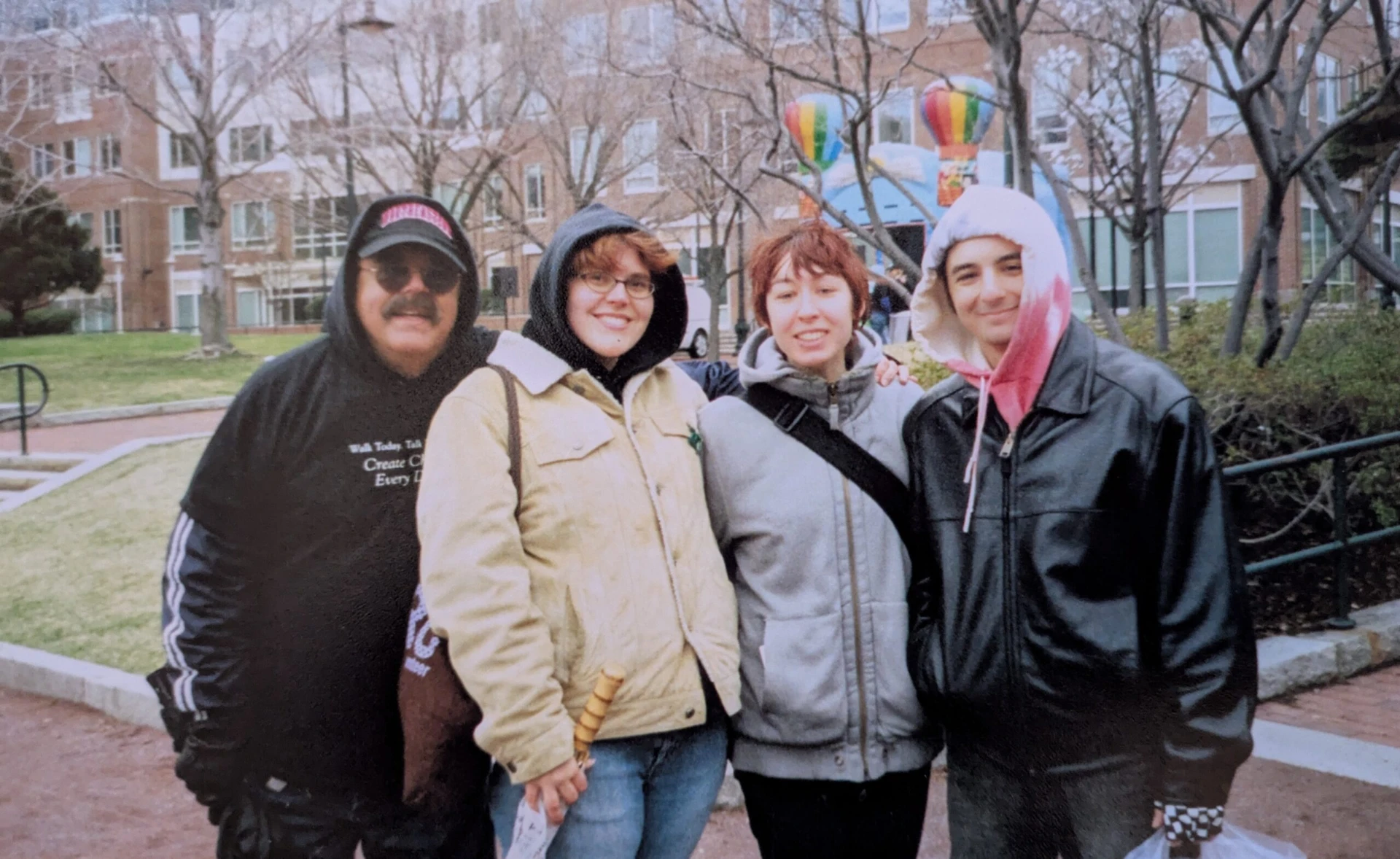 Apr 10, 2025 | Walk for Change
Apr 10, 2025 | Walk for ChangeWhy I’m Still Walking: Jesse’s Story
When Jesse came to her first Walk for Change in ... - Read More
-
Read More
 Apr 09, 2025 | Walk for Change
Apr 09, 2025 | Walk for ChangeExciting Raffle Prizes at the Walk for Change!
Concerts, gift cards, and books, oh my! Make sure to ... - Read More
-
Read More
 Apr 07, 2025 | Walk for Change
Apr 07, 2025 | Walk for ChangeBring Your Dogs to Walk for Change 2025!
Every year at the Walk for Change, it seems like more dogs join their peoples,... -
Read More
 Mar 31, 2025 | New at BARCC
Mar 31, 2025 | New at BARCCMyths and Facts of Sexual Violence
As children get older, they are inevitably exposed to more content around relationships and consent...
